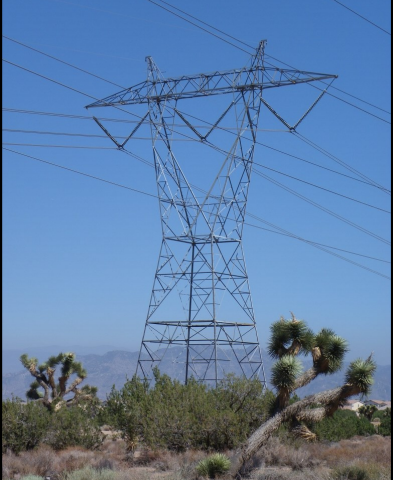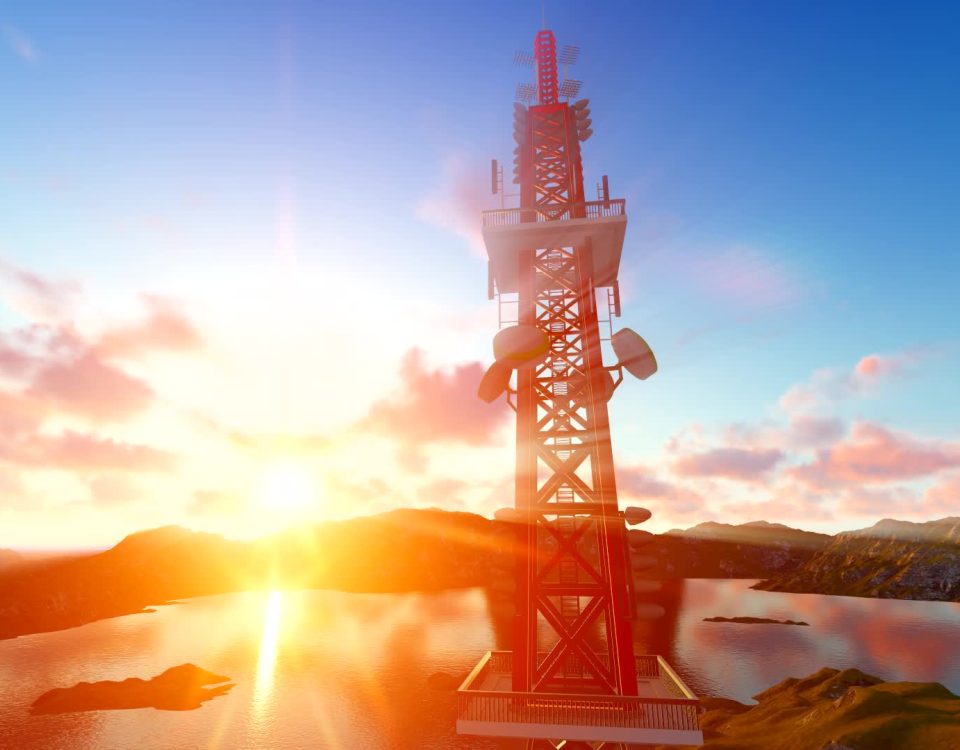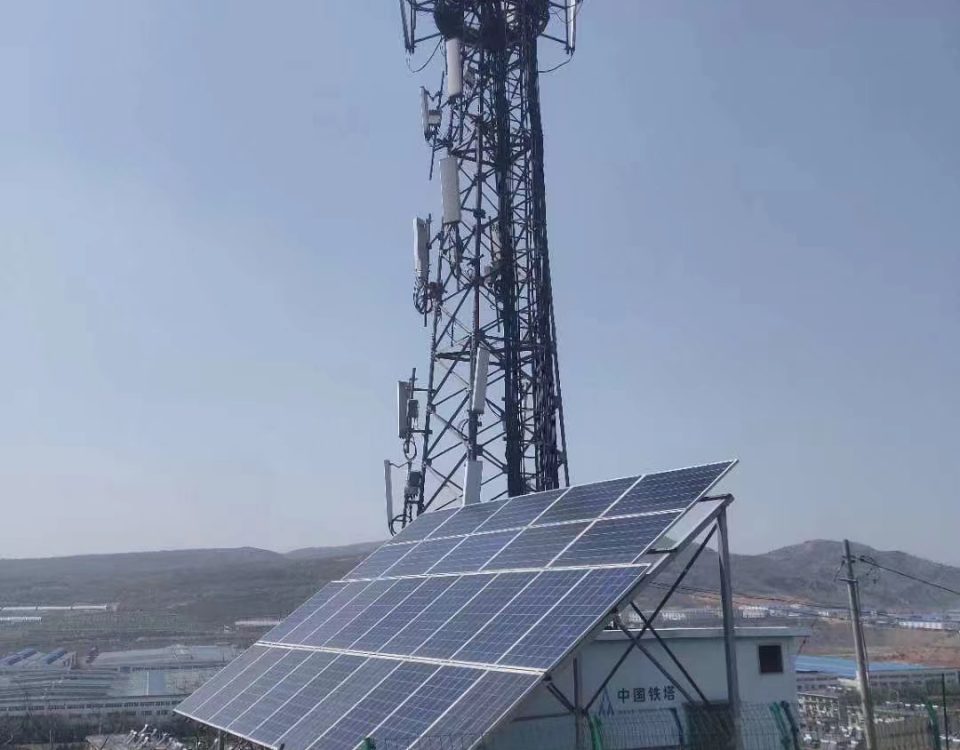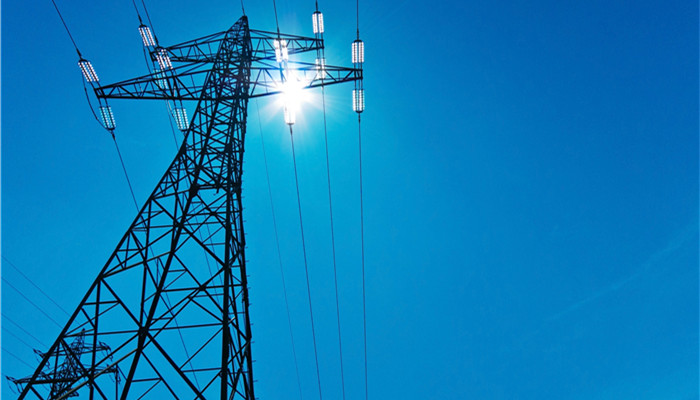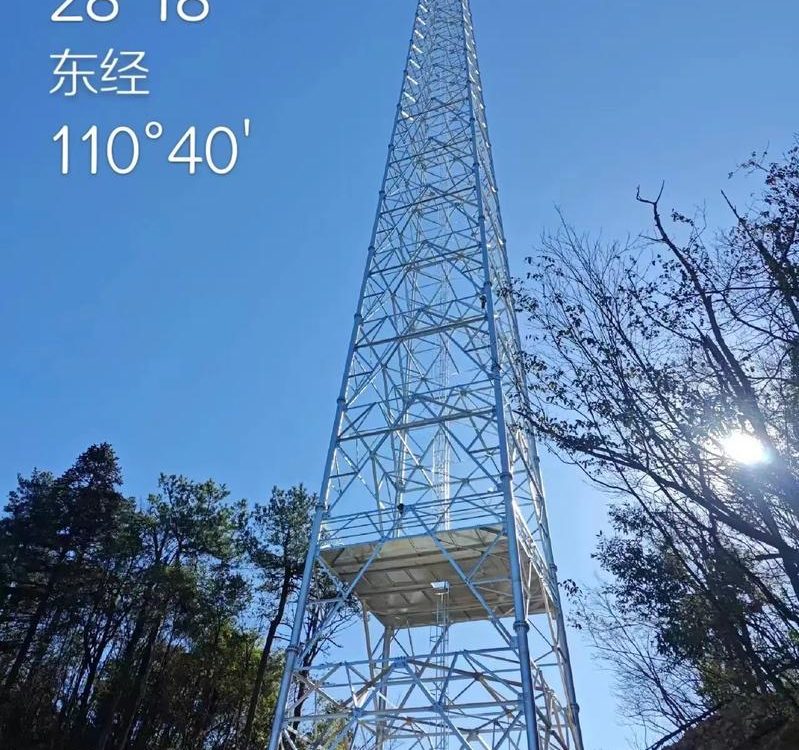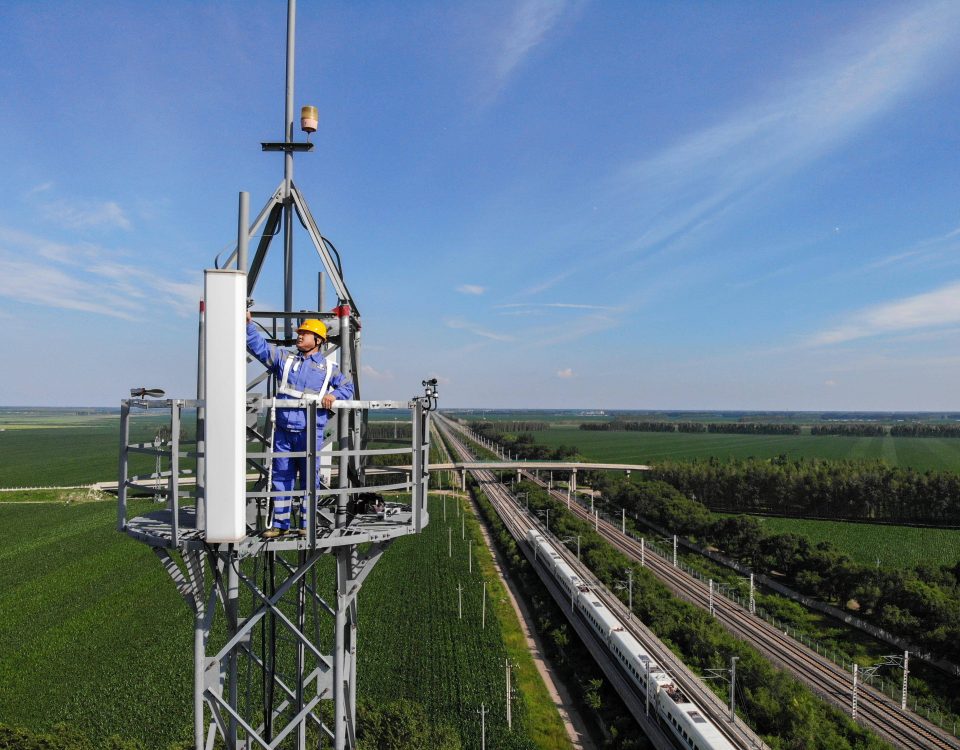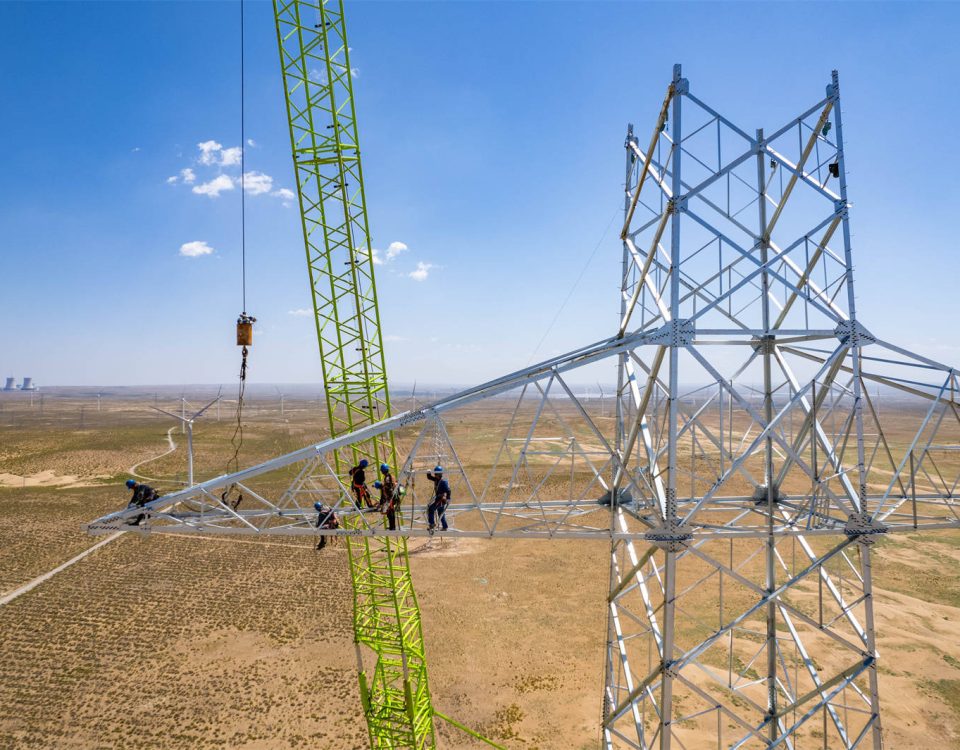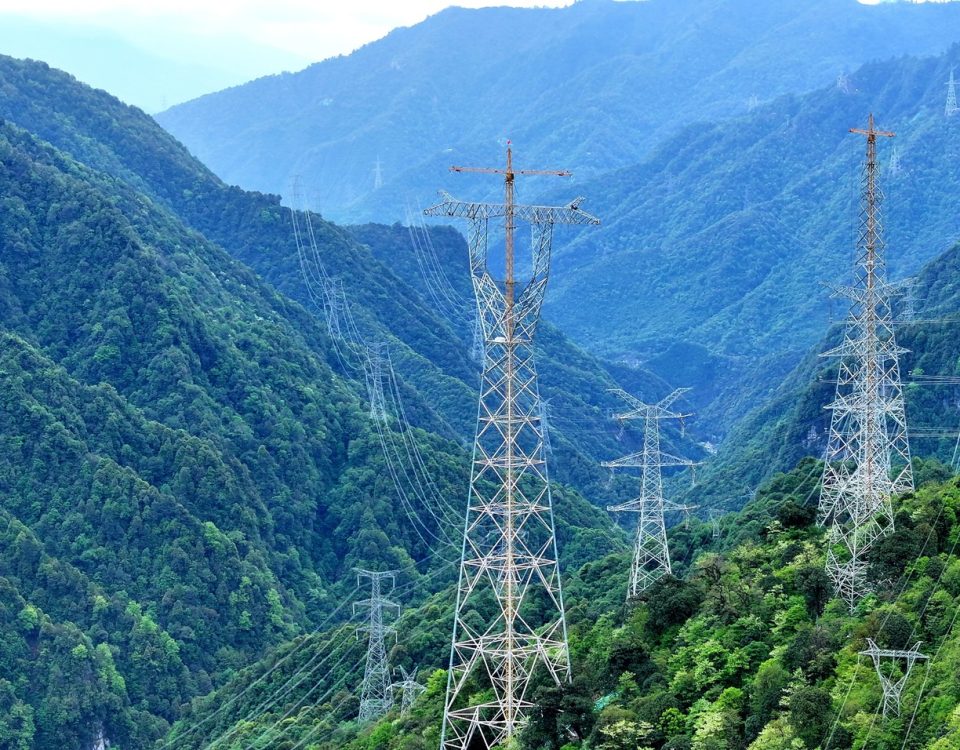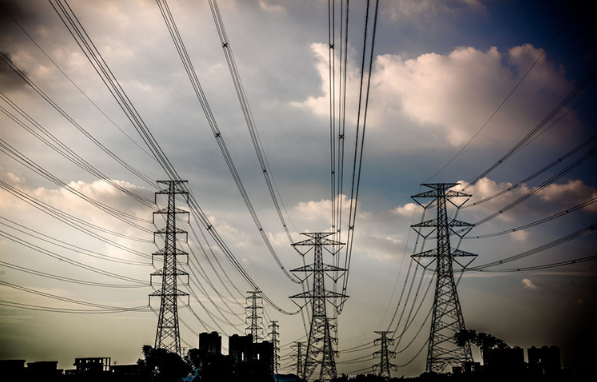
Was sind die verschiedenen Arten von Masten, die in Stromübertragungssystemen verwendet werden??
Juni 29, 2023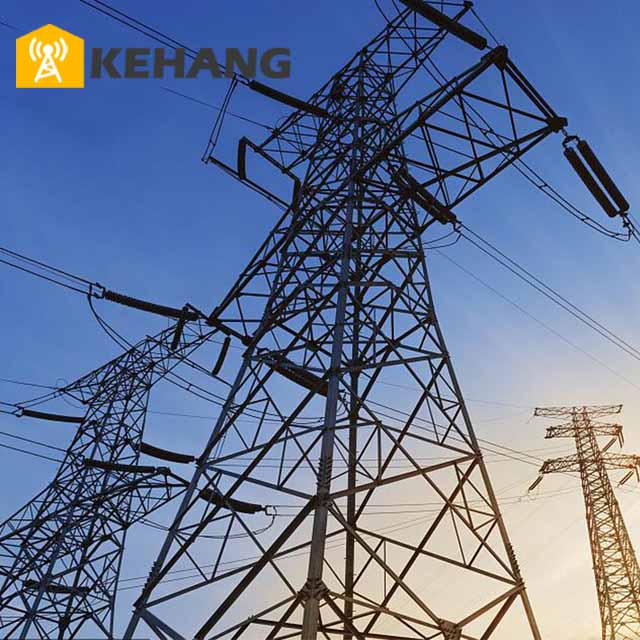
Wie bestimmen Ingenieure die optimale Höhe?, Design, und Material für Sendemasten?
Juli 23, 2023Was ist die Wissenschaft hinter dem Stromleitungsmast??
Elektrische Übertragungsleitungen sind ein entscheidender Bestandteil des Stromnetzes, Elektrizität von Kraftwerken zu Umspannwerken tragen, bevor er in die Häuser geht, Unternehmen, und andere Benutzer. Es gibt viel Wissenschaft und Ingenieurwesen an ihrem Design und Betrieb. So funktionieren sie:
- Erzeugung der Stromerzeugung: Anfänglich, Kraftwerke erzeugen Strom, normalerweise durch Umwandlung mechanischer Energie in elektrische Energie. Dies geschieht durch verschiedene Methoden, wie brennende fossile Brennstoffe, Kernreaktionen, oder nutzen erneuerbare Ressourcen wie Wind oder Solarenergie.
- STRECK-UP-Transformatoren: Nach der Generation, Der Strom befindet sich normalerweise bei einer relativ niedrigen Spannung. Es wird dann durch einen Transformator am Kraftwerk geführt, welche „steigt’ die Spannung. Dies geschieht, weil eine höhere Spannungsübertragung effizienter ist – Es reduziert den Stromverlust aufgrund des Widerstands in den Drähten (Ich 2R -Verluste).
- Hochspannungsübertragung: Der Strom wird dann durch die Übertragungsleitungen geschickt. Diese Linien bestehen normalerweise aus Aluminium oder Kupfer, Welche sind gute Leiter von Elektrizität. Sie werden hoch über dem Boden bei Getriebetürmen gehalten, um gefährlichen Kontakt mit dem Boden oder den Dingen auf dem Boden zu verhindern, und den Stromverlust aufgrund von Kapazität zu verringern.
- Insulators: Die Drähte werden durch Isolatoren an den Türmen befestigt, Oft aus Porzellan oder Glas hergestellt. Isolatoren sind entscheidend, weil sie verhindern, dass der Strom die Türme hinunter und in die Erde fließt.
- Step-down-Transformatoren: Sobald der Strom sein Ziel erreicht (Normalerweise ein Umspannwerk), Es geht durch einen anderen Transformator, welche „nach unten treten’ Die Spannung auf ein sichereres Niveau für die Verteilung an Häuser und Unternehmen.
- Verteilung: Die letzte Phase des Prozesses ist die Verteilung von Elektrizität an Endbenutzer. Dies geschieht oft durch kleinere Stromleitungen, Mit Transformatoren werden die Spannung erneut auf ein Niveau zurückgeführt, das für die Verwendung in Häusern und Unternehmen sicher ist.
In der Gestaltung und Konstruktion von Übertragungsleitungen und Türmen, Ingenieure müssen eine Reihe von Faktoren berücksichtigen. Dazu gehören die elektrische Belastung, die die Leitungen tragen müssen, Das Gelände, über das die Linien vergehen müssen, Wetterbedingungen, Sicherheitsbedenken, und mehr. Die Linien müssen in der Lage sein, Wind standzuhalten, Regen, Schnee, und Eis, und die Türme müssen stark genug sein, um das Gewicht der Linien über lange Spannweiten zu unterstützen. Die Höhe, Design, und Material der Türme müssen auch berücksichtigt werden, um sicherzustellen optimale Leistung und Haltbarkeit.

